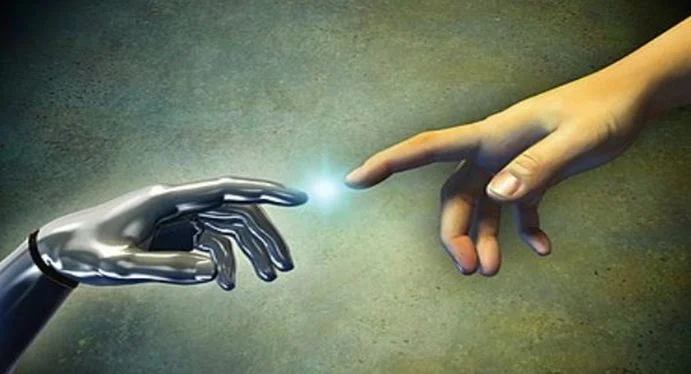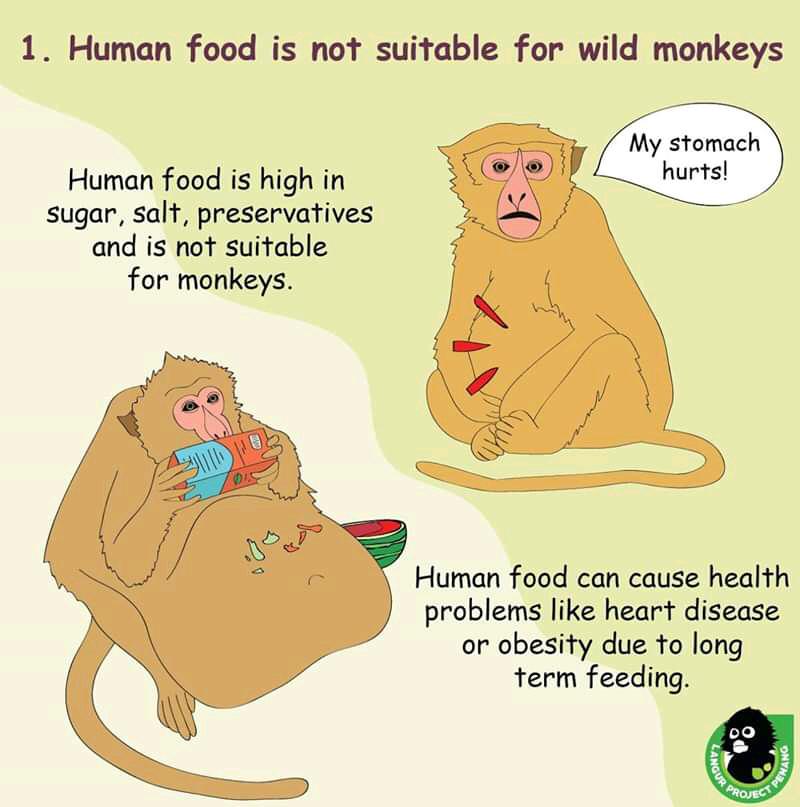
Now that Hindu God Ram is in the limelight, it is a good time to take a look at the Gods on the planet. Texts from ancient civilizations all over the world are replete with references to Gods. There are some Gods who descended to Earth directly and some who came in different living forms as their incarnations. Gods have very powerful meaning and it is very interesting to compare between Gods of different civilizations.
First of all, there is a troika or Trinity of Gods in most of the ancient civilization. Anu, Enkil and Enlil in ancient Mesopotamia, Zeus, Poseidon and Hades in Greece and Brahma, Vishnu and Shiva in India are a few examples. These are all powerful Gods and represents creation, preservation and destruction of life and the Universe itself. But the Trinity of Gods in different civilizations are not comparable to one another. For example, Hades is the God of the underworld but Shiva is the destroyer of life and the Universe.
The Indian pantheon of Gods are far better and meaningfully structured with clear delegations to their roles. In the Greek Trinity, Zeus controls thunder and lightning and Poseidon is the God of the oceans. But in the Indian Trinity, only Shiva has control over natural elements. He controls fire with which he destroys and then uses water from the river he controls in his hair bun to help create life again. Then there are a plethora of Gods for natural elements and other aspects such as knowledge, wealth, etc. Shiva controls water and fire but both have its own Gods.
So why so many Gods in India? It is human nature to give divinity to forces that are powerful and incomprehensible. When we didn’t understand the forces of nature, we created Gods out of all of them. Indra is the ruler of heaven and the God of rain and thunder, similar to Zeus in these aspects, but Zeus is the most powerful God in Greek texts. My granny used to say that the rumbling of thunder is the sound of giant vessels being rolled in heaven for cleaning after they were used to cook food for the Gods. When monkey king Hanuman, as a child, played a prank on Indra, he used a powerful weapon which made Hanuman unconscious and fall to Earth. Maruti, the God of wind and father of Hanuman, in his rage pulled away all the air on the planet and released it only after Hanuman became conscious again.
So what are Wind God, Fire God, Water God, etc? From the story of Hanuman, these could be human or non-human entities that have the ability to control the natural elements. Then there are planetary Gods. A Sun God could be an entity that can control the effect of Sun on our planet. Then where are these Gods? Krishna, when he left for the heavenly abode had apparently said that in the Kali Yug, only he can hear people’s prayers which means the Gods do not have access to our planet during the time of Kali Yug. Then there are animal Gods, like Hanuman the monkey God, Ganesh the elephant God, Vasuki the serpent God, etc. Also, most of the Hindu Gods have animals as their vehicles.
Until the Gods are found and all of these are proved, I will go with a more rational interpretation. Every natural element is important to the existence of our planet. Every form of life is important for the sustenance of nature. The electromagnetic fields of celestial bodies in the solar system exert their influences on our planet and on our lives so this also needs to be understood. It is impossible to make each one of us understand the science behind nature and the cosmos and create respect for them in us, so the best and easy way is to represent them with Gods.
Then there are Gods like Ram and Krishna. Fierce warriors, virtuous kings and extremely popular among their people. Through time, hero worship turned into bestowing divinity upon them and treating them as Gods. Among the Trinity, Brahma the creator God is not worshipped by Hindus. Divinity is given to heroes by associating them with either Vishnu or Shiva. Ganesh the elephant God is considered to be the son of Shiva and there is a story woven around it. The best example of how heroes become Gods is the story of Ayyappa.
During the churning of the ocean of milk (a metaphorical story for the creation of the Milky Way), demons get possession of the pot of elixir that materializes out from the ocean. To steal it from them for the Gods, Vishnu disguises himself as Mohini, a celestial beauty and enamours the demons. The plot ended there but was later extended to include the part where Shiva gets infatuated by Mohini and a child is born to them who becomes Ayyappa. He was supposedly a Robin Hood styled hero in a tribal belt whose stature grew with time and eventually became a God when he was associated with Vishnu and Shiva. This is how the Hindu pantheon of Gods grew to 33 million.
For the longest time, Hindus chose to look at nature and the Universe through the lens of divinity. But India has embraced cultures from all over the world through thousands of years. Hindus can worship cows in the name of the mythical cow Kamadhenu but they cannot enforce this on say Christians who go by the Bible which says man was created to rule over the lands, seas and all other living beings. The rise of Hindu nationalism in India is ironical. On one side, the nationalists want to take Indian society back to the time when every aspect of life was determined in the name of Gods and on the other side they are enamored by western culture, aspire to live in western countries, teach their children in western universities and avail the best benefits the western society can offer.
I am a Hindu and I grew up going to temples and listening to stories about Gods. I also learned science and it became difficult after some time to see natural elements from the perspectives of science and divinity simultaneously. I have never needed to remember a God to respect something in nature. I am completely crazy about elephants but that love has got nothing to do with the elephant God Ganesh. I look up to Ram and Krishna for the qualities they possessed and aspire to become strong and wise as they have been described. Praying to them should be to inculcate the qualities they had in us. Building temples in their name, begging before their idols for worldly pleasures, using abusive language as a ruse to protect them and chanting their name when assaulting, lynching and murdering others amounts to insulting them and giving them notoriety.
Ram will be appalled that he will be remembered with disgust by future generations.


















